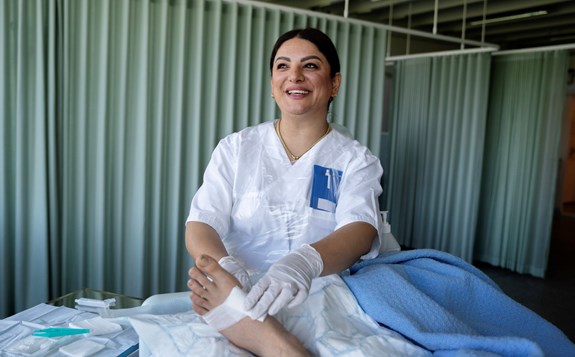We use cookies on this website. Cookies help us deliver the best experience on our website. Read about cookies.
-
- My Studies
- My Studies
- New student
-
- Schedule, group rooms and classrooms
- Schedule, group rooms and classrooms
- Codes of conduct
- Exams
- Registration, certificates & administration
- Withdrawal and leave from studies
- Applying for credit transfer
-
- Degree
- Degree
- Apply for your degree certificate
- Writing your degree project
- How to succeed with your thesis paper
- Rights and responsibilities
- Harassment and discrimination
- Scholarships for current students
- Vertically integrated projects (VIP) programme
On the page -
- Student Services
- Student Services
-
- Writing Centre and support
- Writing Centre and support
- Take-home exams and written assignments
- Maths workshop
- Student Health Services
- Study guidance
- Studying with a disability
- University Chaplaincy
On the page -
- Jobs and internships
- Jobs and internships
-
- Innovation and entrepreneurship
- Innovation and entrepreneurship
- Leapfrogs
- Internship
- Career guidance
- Graduation and alumni network
On the page
Writing your degree project
degree project
Cover page templates and writing guidelines for your thesis or degree project, plus what you need to do regarding your project.
Templates and guidelines
To ensure a uniform look for all degree projects at Malmö University, there is a template in Word format that you can download and use as a cover page. You can add a picture or photo if you choose. Some faculties and departments provide guidelines and other templates as well.
What you need to do
This information applies to all students at Malmö University.
Personal data and ethical review
The EU General Data Protection Regulation (GDPR) imposes strict demands on all work involving personal data being carried out correctly. If you are planning to carry out a study with ethically sensitive content you must apply to the Ethics Council for review.
Degree projects with non-written content
If your project consists of any non-written content, you must contact the course coordinator before the examination to receive information on how these parts of the project should be documented.
Submit your thesis on time
You must submit your degree project according to the procedures outlined by the course coordinator, and, if necessary, make printouts of the degree project document to be used by the examiner and external reviewer.
Register your degree project in Diva
You need to register mandatory information about your degree project, such as its title, the programme you are studying, and if you want the thesis to be published publicly or not. After your degree project has been approved, a study administrator ensures that the information about your work becomes public and visible in DiVA.
How to publish in Diva
The manual below describes how to register your degree project in DiVA. The fields you need to fill in are described in the manual. If the field is not described you can skip it. Please note that you must select the correct programme from the list in order for the thesis to be sent to the right study administrator.
It is important that you decide whether your entire work should be publicly available online, you choose this when registering.
When you have completed the registration, a notification email is sent to your student administrator who will make sure your degree project has passed. If you stated that you want the degree project to be visible in the database, the PDF file will be published and be searchable via various search engines.
Contact us for corrections
Do you want to make edits to your thesis after registration? Contact the Student Administration at your faculty or department for approval of changes. If you have missed to register your programme or need to make changes after the thesis has been approved for publication, contact diva@mau.se.
Submit an amended version
After receiving your grade, you may need to submit an amended version of your degree project if the examiner requires you to do so.
GDPR, ethical review and Diva
When your degree project has been approved
- the student administrator publishes the final degree project document in DiVA and, if necessary, adds any missing mandatory information
- the student administrator registers the student’s grade in Ladok; and
- the degree project document is archived in the University’s e-archive. Any non-written content is archived according to an agreement with the student.




